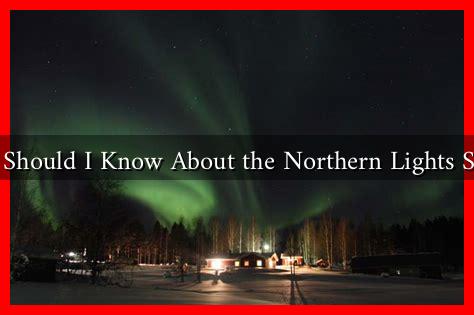-
Table of Contents
What Should I Know About the Northern Lights Season?
The Northern Lights, or Aurora Borealis, are one of nature’s most breathtaking phenomena, captivating millions of travelers and scientists alike. This natural light display occurs in polar regions and is a result of solar particles colliding with the Earth’s atmosphere. If you’re considering a trip to witness this spectacular event, understanding the Northern Lights season is crucial. Here’s what you need to know.
Understanding the Northern Lights
The Northern Lights are primarily visible in high-latitude regions around the Arctic and Antarctic. The lights are caused by charged particles from the sun interacting with the Earth’s magnetic field.
. When these particles collide with gases in the atmosphere, they produce vibrant colors, typically green, pink, red, yellow, blue, and violet.
When is the Northern Lights Season?
The Northern Lights season varies depending on the location, but generally, the best time to see them is during the winter months. Here are some key points to consider:
- Peak Months: The optimal months for viewing the Northern Lights are from late September to early April. During this period, the nights are longer and darker, providing better visibility.
- Weather Conditions: Clear skies are essential for a good viewing experience. Cloud cover can obstruct the view, so checking the weather forecast is crucial.
- Solar Activity: The intensity of the Northern Lights is influenced by solar activity, which follows an 11-year cycle. Higher solar activity increases the chances of a more vibrant display.
Best Locations to View the Northern Lights
Several locations around the world are renowned for their Northern Lights displays. Here are some of the top destinations:
- Norway: Tromsø and the Lofoten Islands are popular spots, offering stunning views and a range of activities.
- Sweden: Abisko National Park is known for its clear skies and is often considered one of the best places to see the Aurora.
- Iceland: The capital, Reykjavik, and the surrounding countryside provide excellent opportunities for viewing the lights.
- Canada: Yellowknife in the Northwest Territories is famous for its consistent Northern Lights displays.
- Finland: Rovaniemi, located in Lapland, offers unique experiences like staying in glass igloos.
Tips for a Successful Northern Lights Experience
To maximize your chances of witnessing the Northern Lights, consider the following tips:
- Plan Ahead: Book your trip during the peak season and choose locations known for their visibility.
- Stay Flexible: Be prepared to change your plans based on weather conditions and solar activity.
- Dress Warmly: Temperatures in these regions can drop significantly, so layering is essential.
- Use Technology: Apps and websites like [Aurora Service](https://www.auroraservice.eu/) provide real-time updates on solar activity and aurora forecasts.
- Be Patient: The Northern Lights can be unpredictable. Sometimes, you may have to wait for hours to catch a glimpse.
Case Studies and Statistics
According to a study by the Geophysical Institute at the University of Alaska, the best chances of seeing the Northern Lights occur during periods of high solar activity, particularly during solar maximum phases. For instance, during the last solar maximum in 2014, many regions experienced unusually vibrant displays.
Statistics show that locations like Tromsø have about 200 nights a year with clear skies, making it a prime destination for aurora hunters. In contrast, areas with more cloud cover, like parts of southern Norway, may only have a few nights suitable for viewing.
Conclusion
Witnessing the Northern Lights is a once-in-a-lifetime experience that requires careful planning and a bit of luck. By understanding the season, choosing the right locations, and preparing adequately, you can increase your chances of seeing this natural wonder. Remember to stay informed about solar activity and weather conditions, and most importantly, enjoy the journey of chasing the Aurora Borealis!





